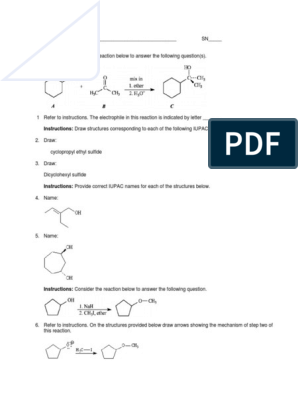0% found this document useful (0 votes)
483 views47 pagesLipids: Structure & Function Guide
1. Lipids are a diverse group of compounds that are insoluble in water but soluble in organic solvents. They include fats, oils, waxes, sterols and phospholipids.
2. Lipids serve important biological functions like energy storage, structural components of cell membranes, and as precursors to hormones and vitamin D.
3. Lipids are classified into simple lipids like triglycerides and waxes, complex lipids like phospholipids and glycolipids, and derived lipids like fatty acids, sterols and fat-soluble vitamins. Fatty acids are classified based on chain length and degree of saturation.
Uploaded by
Mariam ShalabyCopyright
© © All Rights Reserved
We take content rights seriously. If you suspect this is your content, claim it here.
Available Formats
Download as PDF, TXT or read online on Scribd
0% found this document useful (0 votes)
483 views47 pagesLipids: Structure & Function Guide
1. Lipids are a diverse group of compounds that are insoluble in water but soluble in organic solvents. They include fats, oils, waxes, sterols and phospholipids.
2. Lipids serve important biological functions like energy storage, structural components of cell membranes, and as precursors to hormones and vitamin D.
3. Lipids are classified into simple lipids like triglycerides and waxes, complex lipids like phospholipids and glycolipids, and derived lipids like fatty acids, sterols and fat-soluble vitamins. Fatty acids are classified based on chain length and degree of saturation.
Uploaded by
Mariam ShalabyCopyright
© © All Rights Reserved
We take content rights seriously. If you suspect this is your content, claim it here.
Available Formats
Download as PDF, TXT or read online on Scribd
/ 47

























































































